Artist Andy Warhol was a prophet of today’s mass-produced world
HE is most famous for saying that everybody would be world-famous for fifteen minutes
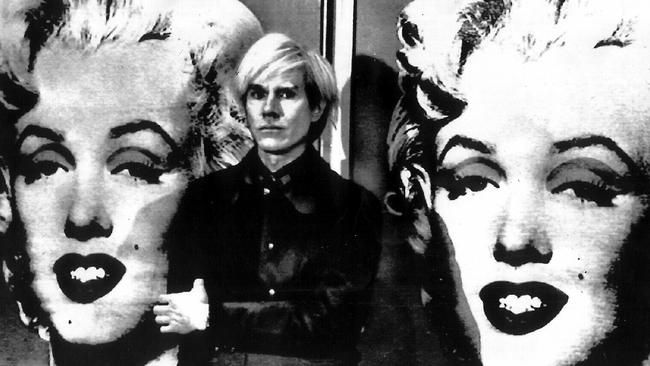
Today in History
Don't miss out on the headlines from Today in History. Followed categories will be added to My News.
IT is the quote most often attributed to Andy Warhol — “In the future, everyone will be world famous for 15 minutes.” Yet some people dispute whether he actually came up with the quote. The astute observation, now on its way to becoming a prophecy fulfilled thanks to reality TV and social media, was first printed in a brochure for a 1968 Warhol exhibition in Sweden. One story credits the curator of that exhibition, Pontus Hulten, with inventing the phrase as something he “could very well” have said. Others have also claimed to have used the expression “15 minutes of fame” in conversations with Warhol. However, it has become part of the Warhol persona, and will always be associated with the artist, who was born 90 years ago today.
Warhol’s dissections of fame and popular culture in his artworks, films and bizarre philosophy, have had a major influence on how we view ourselves, and today’s mass production-dependent society. Although he died more than 30 years ago, his artworks and ideas seem to have an even greater resonance as the years go by.
He was born Andrew Warhola, on August 6, 1928, in Pittsburgh. He was the son of coal miner Andrej (which he changed to Andrew) and Julia Warhola, Lemko Ruthenians from Slovakia, who settled in Pennsylvania.
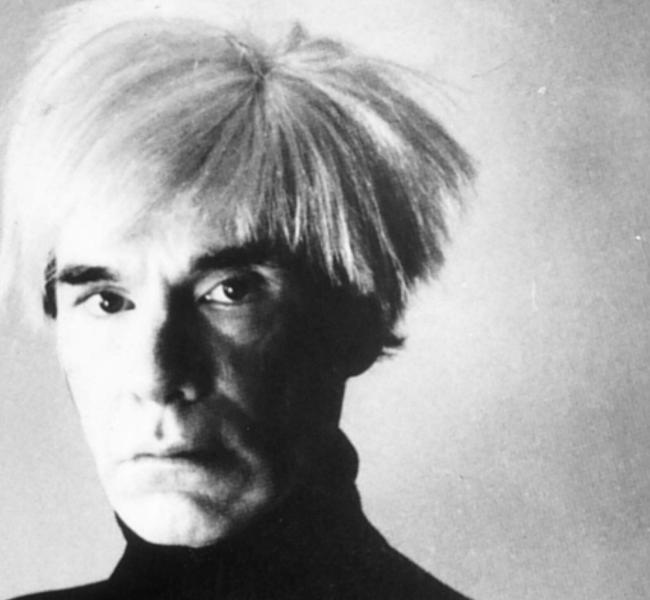
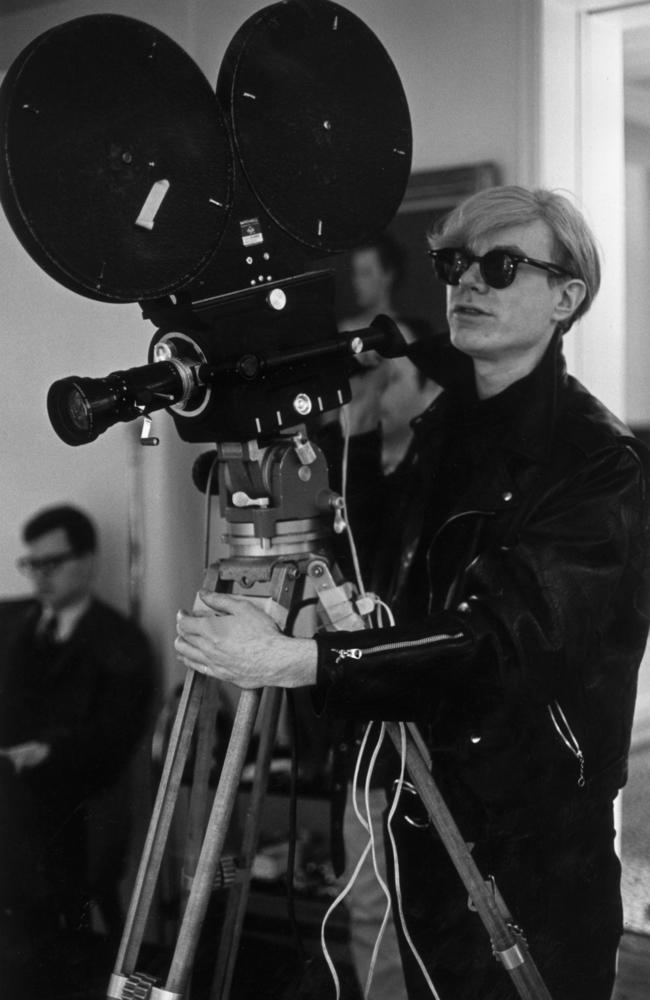
His father died when Andy was 13 and he became very close to his mother. As a child Warhol had also suffered from St Vitus’s dance, involuntary jerking movements caused by a streptococcus infection. The condition also causes blotches on the skin, which marked his complexion and left him with a scarred face. Confined to bed and separated from other children, he spent his time in his own world, drawing and collecting images of celebrities from newspapers and magazines.
He developed a great passion and skill for art, planning to study fine arts at the University of Pittsburgh but instead he decided to study commercial art at the Carnegie Institute of Technology. Despite failing his first year, he emerged in 1949 with a Bachelor of fine arts specialising in pictorial design.
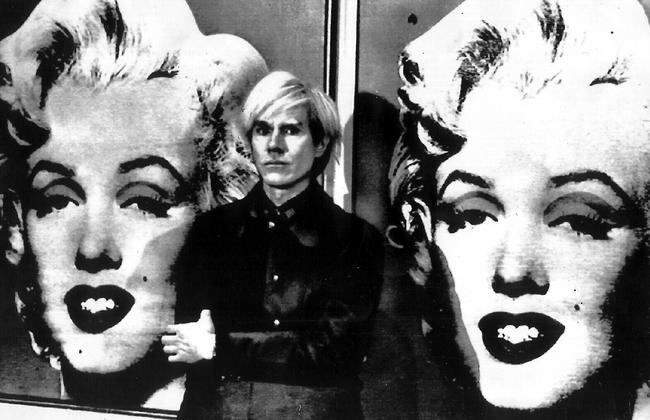
Dropping the last ‘a’ in Warhola, he embarked on a career illustrating advertisements and articles in newspapers and magazines. His work from this time has often been described as “whimsical”, developing a distinctive simplicity to his drawings with blotted outlines and bleeding colour, in some ways prefiguring his screen prints. His illustrations were much in demand and he was earning good money, but he harboured a desire to create artworks that would hang in galleries. He held occasional exhibitions of non-commercial works, including a 1952 exhibition based on the works of Truman Capote, however attempts to have his work displayed in mainstream galleries were often rejected through the ’50s.
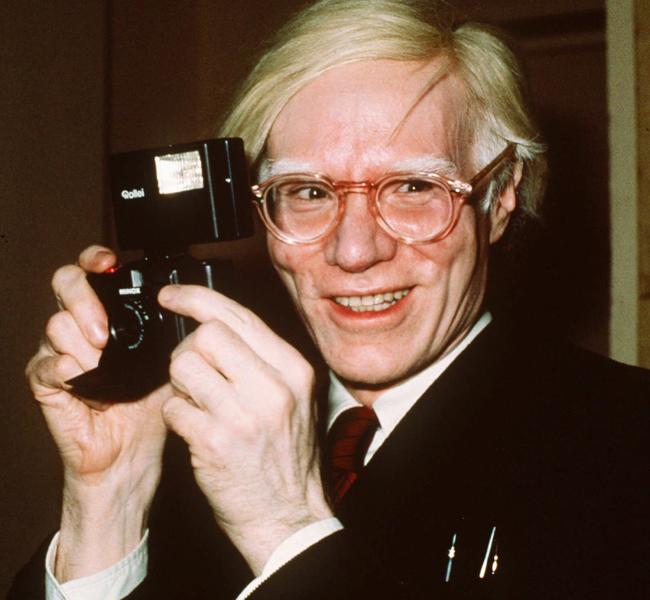
Immersed in the world of brands, icons, glamorous objects and consumerism, through his commercial art, he naturally had sympathies with a growing movement of artists in the ’50s who enshrined mass culture and consumerism as high art. First he experimented with paintings of comic strips and advertisements, but in 1961 he produced the first of his paintings showing soup cans. He later said he had been told by an art teacher to paint what was important to him. He said: “I’d been eating soup for lunch for 20 years so I painted it.” In 1962 he made some of his first experiments in silk screen prints of celebrities like Marilyn Monroe.
Although the term had been used informally in the late ’50s, Pop Art was introduced to a wider audience in the US in 1962 with both the New Realists Exhibition at the Metropolitan Museum and the Pop Art Symposium held at the Museum of Modern Art. Warhol’s work figured prominently in both.
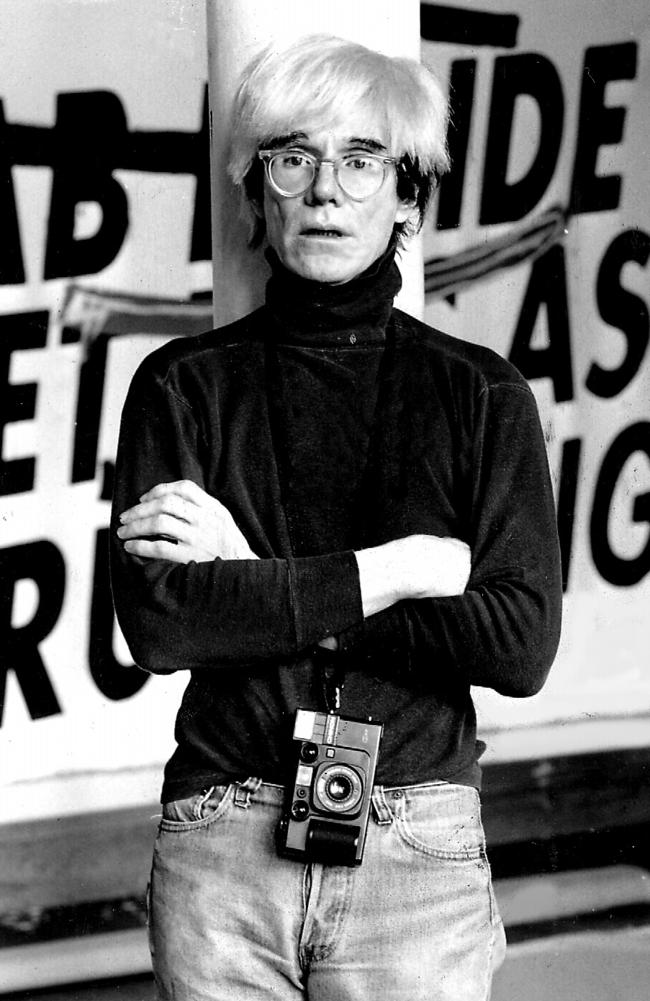
He branched out into film in 1963, but his works were never meant to be mainstream cinema. They featured long, often pointless or repetitive vision of people eating or sleeping, although one film, Vinyl (1965), was a loose adaptation of Anthony Burgess’s novel A Clockwork Orange. He also produced The Velvet Undergound’s first album, providing the cover art.
Warhol set up a studio he called The Factory, where he surrounded himself with artists, pop stars, writers and art groupies. In 1968 a feminist, activist, author, former actor in one of his films and sometime groupie Valerie Solanas shot Warhol at his studio. He survived but was badly injured and as a result he suffered related health problems for the rest of his life. Security was increased at The Factory and the party seemed to be over.
But Warhol never became withdrawn. Through the ’70s Warhol broadened his art brand, branching out into books on his art philosophy (believed to have been ghost written) mass producing his art and also doing more album covers for rock stars.
He died in 1987 after having gall bladder surgery.

